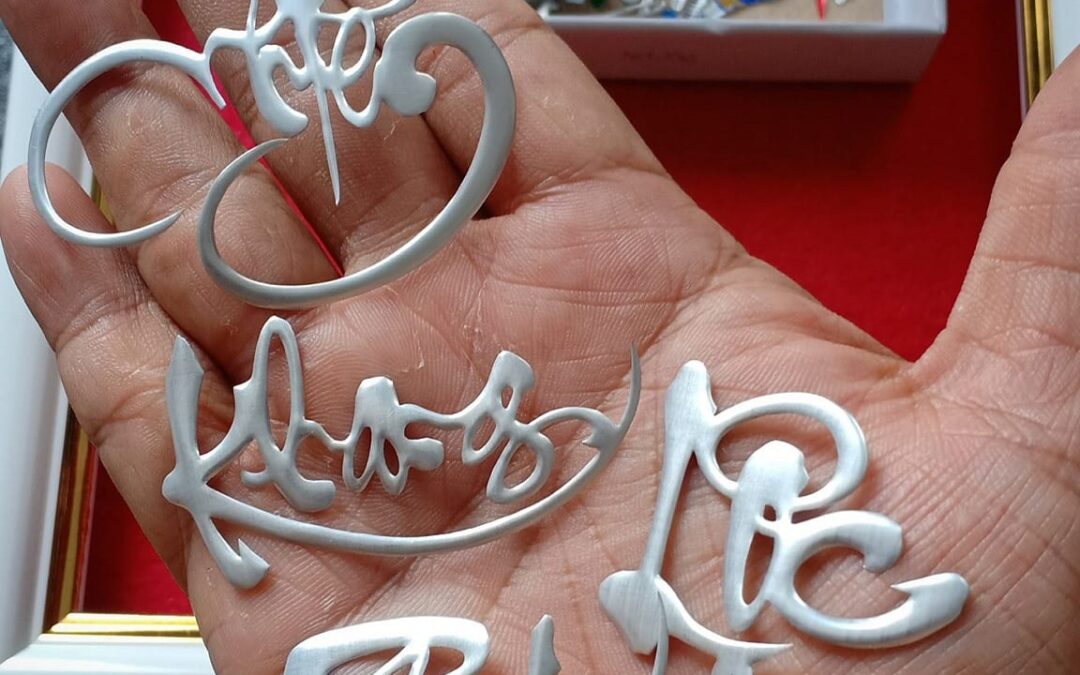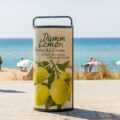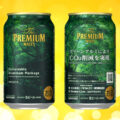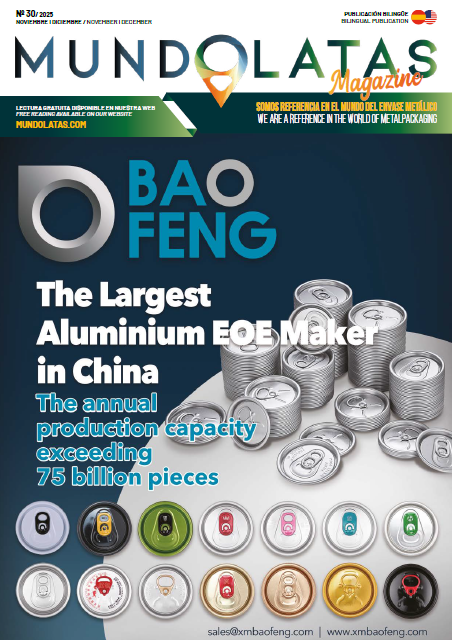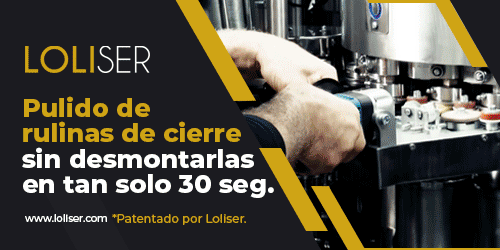“Initially, I started working with materials like plastic bottles and cans that I had at home. After further research, I realized that aluminum cans are durable and aesthetically attractive, so I decided to start making art with aluminum,” he explained.
In his early attempts, when using a blade to cut and shape the cans, Mr. Tung frequently suffered cuts on his hands. However, after several months of trial and error, he discovered that the scalpel used in medicine was the ideal tool. In 2022, he dedicated himself fully to researching and developing works from recycled materials, as well as registering his copyrights.
“I have been researching this type of art for about 10 years, but it was 3 years ago when I began to develop it seriously. It’s a new field, the materials are very specific, and working with them takes time,” he commented.
The process of creating a complete piece of art consists of four stages. First, a drawing is made on the aluminum, taking into account the exact measurements so that the pieces fit perfectly when cutting. The second stage is to give relief to the surface, which adds depth to the work. The third stage is cutting, which turns out to be the most complicated, as accidents sometimes occur. The final stage is assembly, which is not as simple as gluing paper.
According to Mr. Tung, the bright white color of aluminum is a key feature, and the folding technique is considered the soul of the work, as it gives life and dynamism to the image. A small mistake, a technical failure, or a badly made cut can force one to start over.
To add more color to his aluminum paintings, since 2023 Mr. Tung has experimented with the use of Bodhi leaves. The themes of his works reflect a deep love for his homeland and Vietnamese culture, with representations of rural landscapes, cultural identity, feng shui calligraphy, and religion, among other topics.
Each piece of can, after a careful process, is transformed into moving representations of flowers, birds, animals, and rural landscapes. These works not only attract for their aesthetics but also for the message of environmental awareness they convey. With his unique style, Mr. Tung ensures that each work is as realistic, emotive, delicate, and detailed as possible.
Currently, his aluminum paintings are sold at prices ranging from several hundred thousand to tens of millions of dong, depending on the size and complexity of the subject. The advantage of this type of painting is its high durability and ease of preservation. The time to complete each piece can vary from several days to almost a month.
This type of art is special, as it requires a lot of time and effort, which makes its price higher than other types of painting. “If the goal is to make money, this work is not for everyone, as sometimes it can take a full month to finish a painting. I do it mainly out of passion and to spread a message about environmental protection,” Mr. Tung explained.
Mr. Tung is also willing to share his knowledge and teach those who share his passion for this type of art, hoping that the genre will continue to grow and expand internationally.

